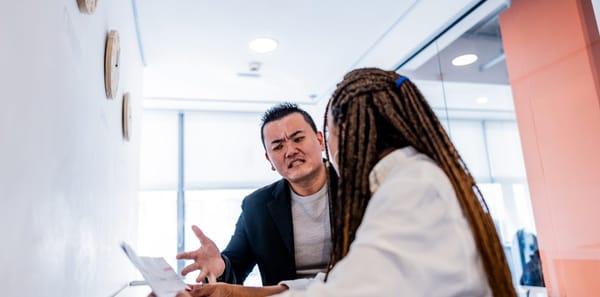While It Might Seem Tricky, It’s a Treat Being Inclusive for Halloween
Don't get tricked into exclusivity this Halloween.
If you couldn’t tell from the grocery store candy displays and the neighborhood decorations, Halloween is coming soon. Fans of the creepy holiday are already planning their celebrations and costumes – anticipating an evening of spine-tingling fun. While the ghosts, goblins, and zombies roam the streets shrieking about candy and scary decorations, Halloween can be an extremely challenging time for many kids.
As we all continue our journeys around diversity and inclusion, have you stopped to think about how you’re going to make this Halloween inclusive for kids of all ages, races, ethnicities, gender identities, abilities, experiences, and more? The truth is, there are many aspects of Halloween that aren’t inclusive and can be downright offensive. Here we've outlined a few things to keep in mind as we all attempt to make this Halloween enjoyable for everyone.
Halloween Costumes
Cultural Appropriation, A Perennial Issue on Halloween, America Can’t Seem to Kick Its Racist Costume Habit, 15 Offensive Halloween Costumes That Shouldn’t Exist… These headlines from National Public Radio, The Atlantic, and Good Housekeeping are nothing new. Over the last several years, the appropriateness and inappropriateness of certain Halloween costumes has been a common topic in the media.
The most common exclusionary costumes relate to cultural appropriation. Think Indigenous American costumes, caricatured costumes of Mexican people, geisha costumes, costumes that include dreadlocks, and the list goes on. These blatant examples of appropriation have led to the widespread use of hashtags on social media including #notyourcostume and #mycultureisnotyourcostume.




